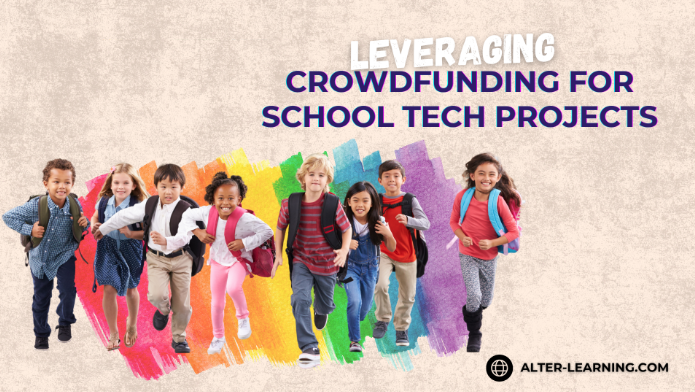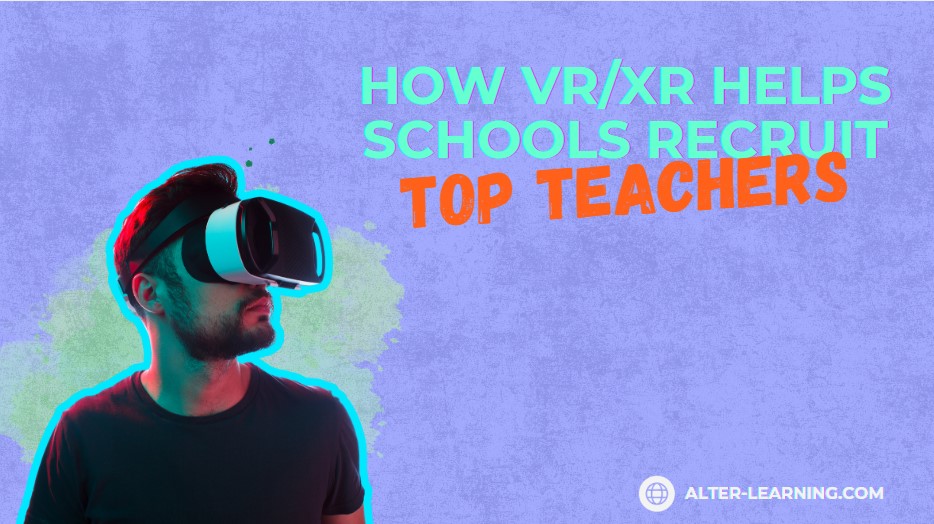Educational games can make learning more engaging, interactive, and fun—but teachers don’t always need advanced software or complex platforms to bring game-based learning into the classroom. Sometimes, the simplest projects—designed with creativity and a clear learning goal—can have a big impact. With a little planning, educators can create their own DIY educational games to reinforce lessons, build collaboration, and support critical thinking.
Whether you’re looking to enhance a science lesson, bring STEAM learning to life, or promote teamwork, these approachable, classroom-ready ideas can help.
Why DIY Educational Games Work
Games offer more than entertainment. They can help students apply knowledge, experiment with ideas, and collaborate in low-pressure environments. DIY games, created by teachers or students themselves, may:
- Encourage creative problem-solving by turning academic content into interactive challenges,
- Reinforce subject knowledge in a format that feels engaging and approachable,
- Foster collaboration and communication, especially with group-based activities,
- Support different learning styles, combining visual, auditory, and kinesthetic tasks,
- Introduce game-based learning without needing advanced technology or extensive resources.
For teachers exploring game-based learning for the first time—or looking for hands-on alternatives to digital platforms—DIY projects can be a valuable starting point.
Classroom-Ready DIY Game Ideas (with Alter-Learning Pairings)
1. Escape Room Challenges
Create a themed series of puzzles, clues, or tasks that students must solve to “escape” the classroom or unlock a final reward. Challenges can connect to:
- Science concepts, like solving interactive physics puzzles or decoding a DNA sequence,
- Math skills, using geometry puzzles or pattern recognition to progress,
- History or language arts, uncovering clues about historical events or literary texts.
Escape rooms promote teamwork, problem-solving, and critical thinking—all in a fun, immersive environment.
Alter-Learning suggestion: Use Echoes of History to extend historical escape room experiences with virtual time-travel missions, artifact analysis, and cultural exploration through 3D environments.
2. Board Games with a Twist
Adapt classic board games to fit your curriculum. For example:
- A science trivia game where students answer questions to advance on the board,
- A math puzzle game version of snakes and ladders, where correct answers boost progress,
- A collaborative challenge where groups work together to solve tasks and move forward.
These low-tech games can be reused, customized, and easily modified for different topics.
Alter-Learning suggestion: Reinforce math and logic skills with Flores, where players observe plant behavior and explore environmental factors—perfect for blending ecological science with pattern-based thinking.
3. Interactive Story Adventures
Turn lessons into a “choose your own adventure” story. Present students with scenarios related to your subject matter and let them make decisions that guide the narrative. For example:
- Explore AR biology-inspired storylines, where choices affect a virtual ecosystem,
- Navigate history simulations, making decisions as historical figures,
- Integrate STEAM-related dilemmas, like designing a solution to a fictional problem.
These stories encourage critical thinking, creativity, and connections across disciplines.
Alter-Learning suggestion: Use Celestial to enrich these narratives with space-themed decision-making, where students manage resources, explore life sciences, and develop problem-solving skills during a lunar expedition.
4. Role-Play and Simulation Games
Create classroom scenarios where students take on different roles to solve challenges. This can include:
- Acting as engineers solving an energy transfer problem,
- Taking on roles in a science experiment or virtual chemistry lab,
- Simulating historical events or debates to build understanding of context and perspective.
Role-play brings academic content to life while fostering empathy and communication.
Alter-Learning suggestion: Introduce Steamhaven Cogworks to simulate real-world physics and energy-based challenges. Students play as robots solving engineering puzzles in a crumbling steampunk city—perfect for role-based problem-solving.
Blending DIY Games with Digital Tools
While DIY projects can stand alone, they can also complement digital learning platforms. Teachers using interactive STEAM learning tools or immersive educational games may:
- Use DIY board games to reinforce concepts introduced in digital lessons,
- Build escape rooms inspired by challenges from educational platforms,
- Extend virtual learning into offline group projects.
This blended approach offers variety, helping students apply knowledge in multiple formats.
Keeping It Accessible and Inclusive
DIY games can be adapted to meet diverse classroom needs. Consider:
- Offering multiple ways to participate, including drawing, writing, or verbal responses,
- Providing visual supports for students with reading or language challenges,
- Encouraging collaboration, so learners can support one another,
- Using themes and tasks that reflect students’ interests and cultural backgrounds.
These adjustments help ensure that game-based learning remains engaging and inclusive for all.
Learning Through Play—Made Simple
You don’t need advanced technology to bring the benefits of educational games into your classroom. With creativity and clear learning goals, DIY projects can promote engagement, curiosity, and deeper understanding. Whether building a board game, crafting an escape room, or turning a lesson into an interactive story, teachers can use simple tools to create meaningful, playful learning experiences.
And with Alter-Learning’s immersive online catalog, these ideas don’t end when class does. Games like Wellness Center, Music Hall, or Hybrid Classroom can complement your hands-on activities—helping students reflect, collaborate, and learn in new, exciting ways.
Games can be a bridge—connecting academic content to real-world skills, and turning classrooms into spaces of exploration, collaboration, and fun.
Follow Alter-Learning for more insights into immersive education, edtech success stories, and the future of learning. Want to explore how VR/AR could transform your school or learning platform? Let’s connect.




